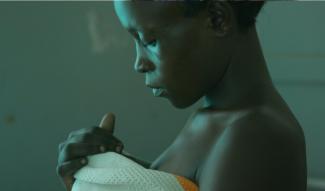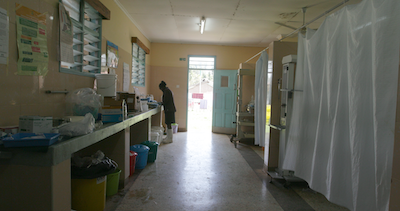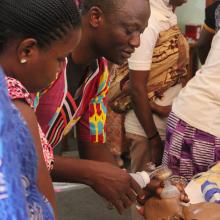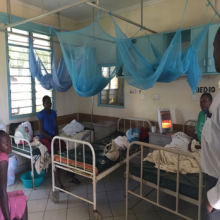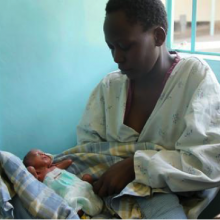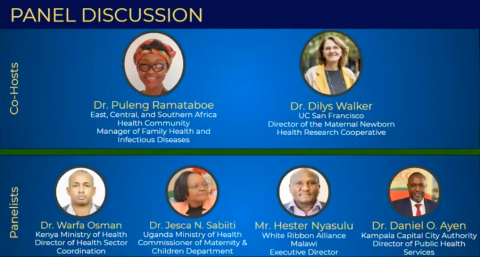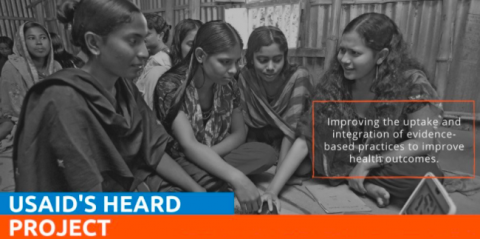Overview
Over the last decade, respectful maternity care (RMC) has increasingly become recognized as a fundamental right of birthing persons, impacting both health and wellbeing. Global awareness of disrespect and abuse(D&A) during childbirth was ignited by the TRAction report published by Bowser and Hill in 2009. The report reviewed the existing evidence and identified seven categories of disrespect and abuse. This aided efforts to both document and understand the drivers and the impact of disrespectful care, and led to a series of studies documenting D&A across the globe.
The maternal health community took up this issue through the expanded lens of safe motherhood, where personal dignity, preference, autonomy, and cultural beliefs and practices are respected and equally valued with physical wellbeing. The Respectful Maternity Care Charter released by the White Ribbon Alliance in 2011 and updated by the Global Respectful Maternity Care Council articulated the rights of mothers. It includes rights to freedom from harm, information, informed consent, privacy and confidentiality, respectful, dignified, and nondiscriminatory treatment, the highest attainable level of health, and liberty and autonomy. More recently the issue has also grown to incorporate the concept of respectful newborn care.
However, the absence of disrespect and abuse does not guarantee that birthing persons receive person-centered, respectful, and dignified care. As a result, the focus has shifted from documentation of D&A, towards an effort to better understand, define, promote and measure efforts to improve RMC. Driven by the growing body of evidence that recognizes the importance of both provision and experience of care on health and well being, there has been a flurry of programs, standards, statements, advocacy campaigns, grassroot movements, regional and global standards, that emphasize and promote RMC. These efforts stress the importance of RMC where all birthing persons are free from any mistreatment, provided with information they need, feel safe communicating with providers, and are supported regardless of their race, gender, and socioeconomic status.
The field continues to progress. We have indicators for D&A and person-centered care, and are moving to document efforts and interventions to promote the provision of person-centered RMC. As the field of implementation science grows more generally, the need for studies exploring the effectiveness of RMC interventions also grows. As a complex, multi-factorial issue, the solutions are also likely to be complex and require practices and coordination within and beyond the healthcare system. The demand for implementation evidence presents an excellent opportunity for the global maternal health community to embrace collaboration between stakeholders and collectively progress toward provision of maternity care that aligns with the needs of the community and human rights.

